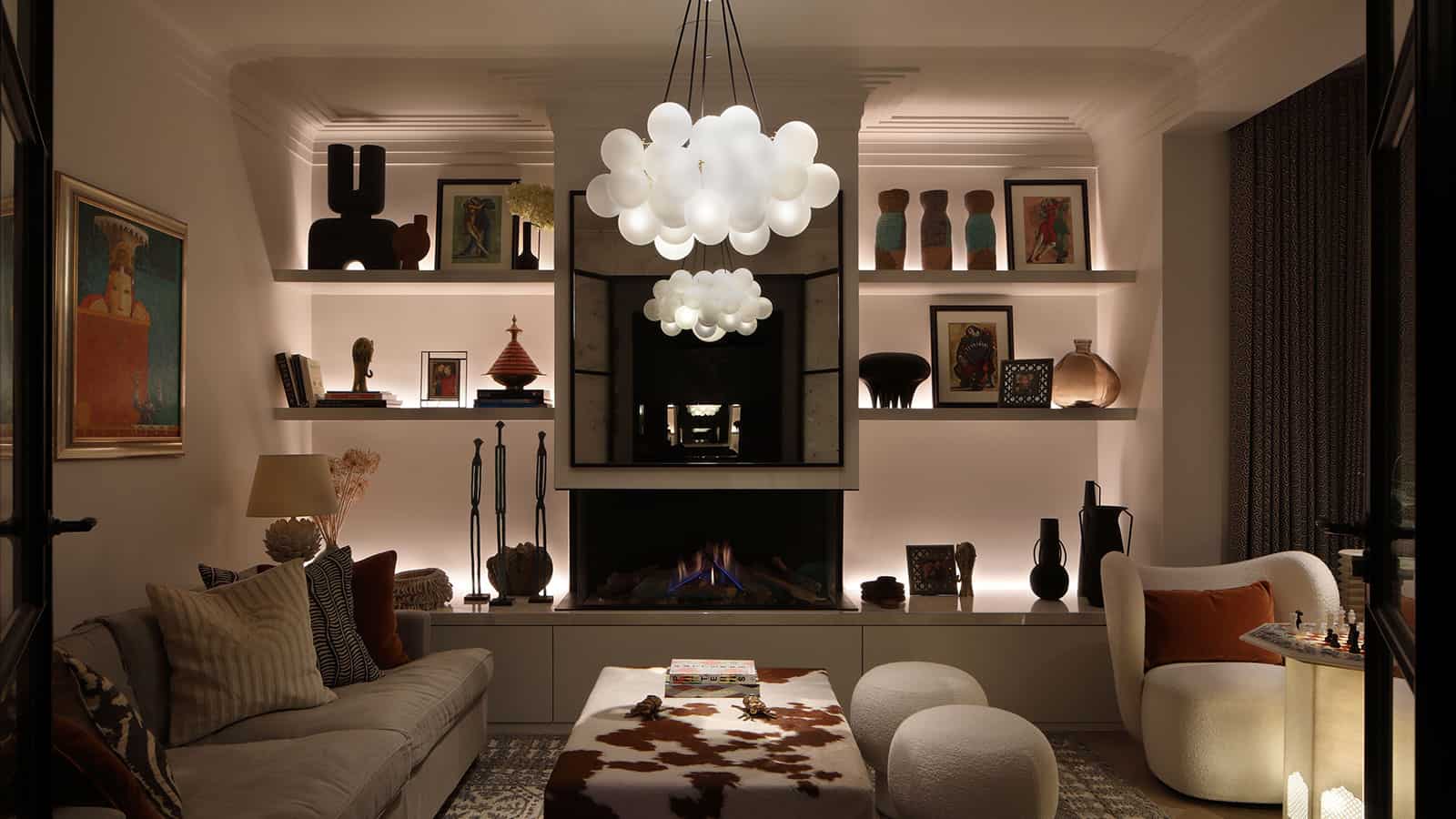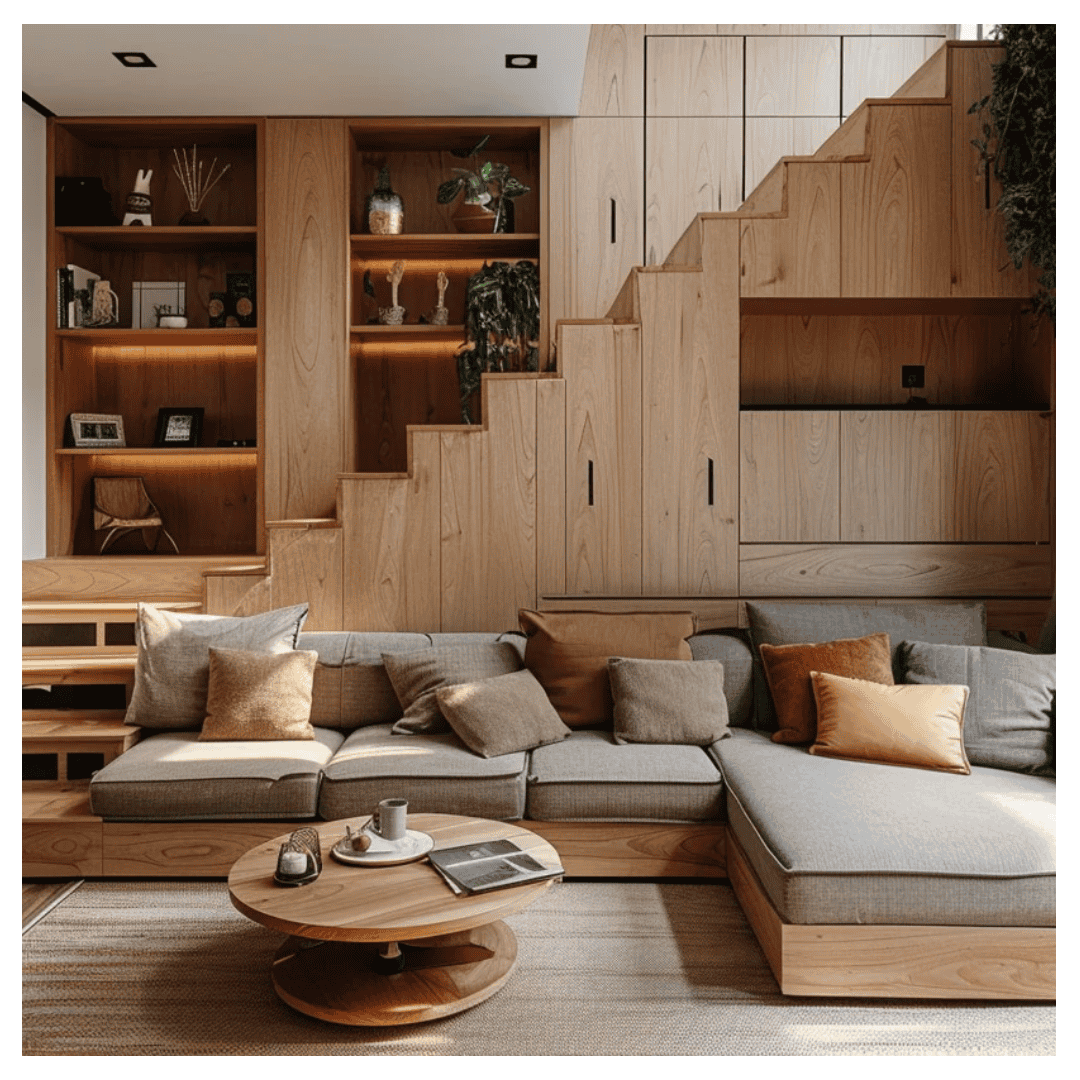Multifunctional spaces are the way to go
LET US BEGIN.....
Modern homes, especially in urban areas, often require smart design solutions to make the most of limited space. A multifunctional space blends aesthetics with flexibility, allowing rooms to serve multiple purposes without feeling cluttered or chaotic. Here’s how you can achieve this balance:
Idea 1
SMART FURNITURE CHOICES
Investing in transformable, modular, and dual-purpose furniture is a game-changer for multifunctional living.
Murphy Beds & Sofa Beds: Perfect for small apartments, these allow a bedroom to double as a home office or living space.
Expandable & Foldable Furniture: Tables that expand, fold, or collapse when not needed (e.g., drop-leaf tables, nesting tables) provide extra functionality without taking up space.
Modular Sofas & Seating: Adjustable sectional sofas can be rearranged based on the activity (lounging, working, entertaining guests).
- Pro Tip: Look for furniture with built-in storage to reduce clutter and increase efficiency.

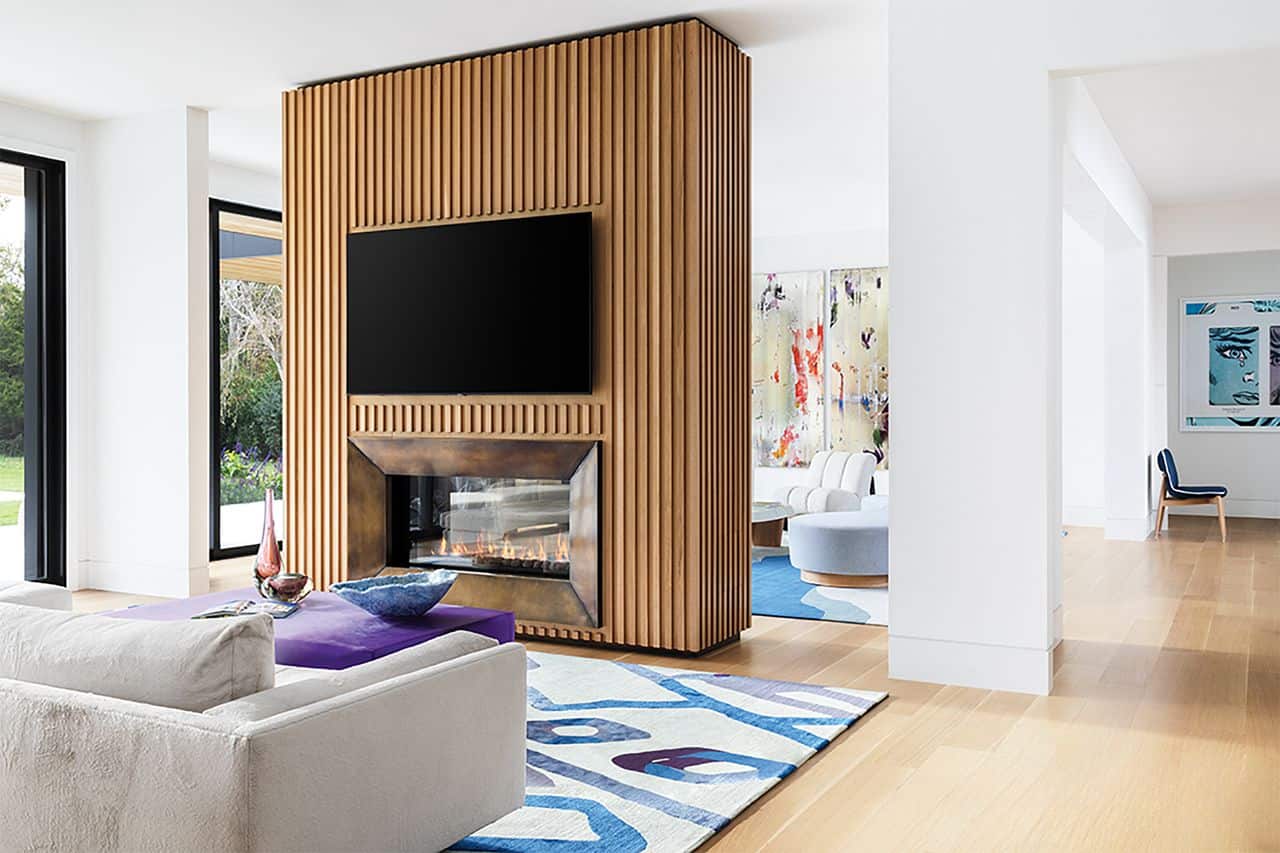
Idea 2
ZONING WITH DESIGN ELEMENTS
Multifunctional spaces require distinct zones for different activities, without necessarily using walls.
Rugs & Flooring: Use area rugs or different flooring materials to subtly define sections (e.g., wood for the living area, tiles for the kitchen).
Room Dividers: Opt for open shelving, sliding panels, or decorative partitions instead of permanent walls to keep spaces open and airy.
Curtains & Screens: Lightweight fabric dividers or retractable screens offer privacy when needed but can be tucked away easily.
- Pro Tip: Keep color schemes consistent across zones to maintain visual harmony.
Idea 3
HIDDEN STORAGE SOLUTIONS
Clutter-free spaces feel larger and more functional. Integrating hidden storage keeps items organized while maintaining a sleek design.
Storage Ottomans & Benches: These serve as seating while offering hidden compartments for books, blankets, or electronics.
Beds with Drawers: Utilize under-bed storage to store seasonal clothing, linens, or shoes.
Multi-Use Cabinets & Wall Niches: Instead of bulky closets, consider built-in shelving that blends into the walls.
- Pro Tip: Use transparent or labeled storage boxes to make finding items easier.
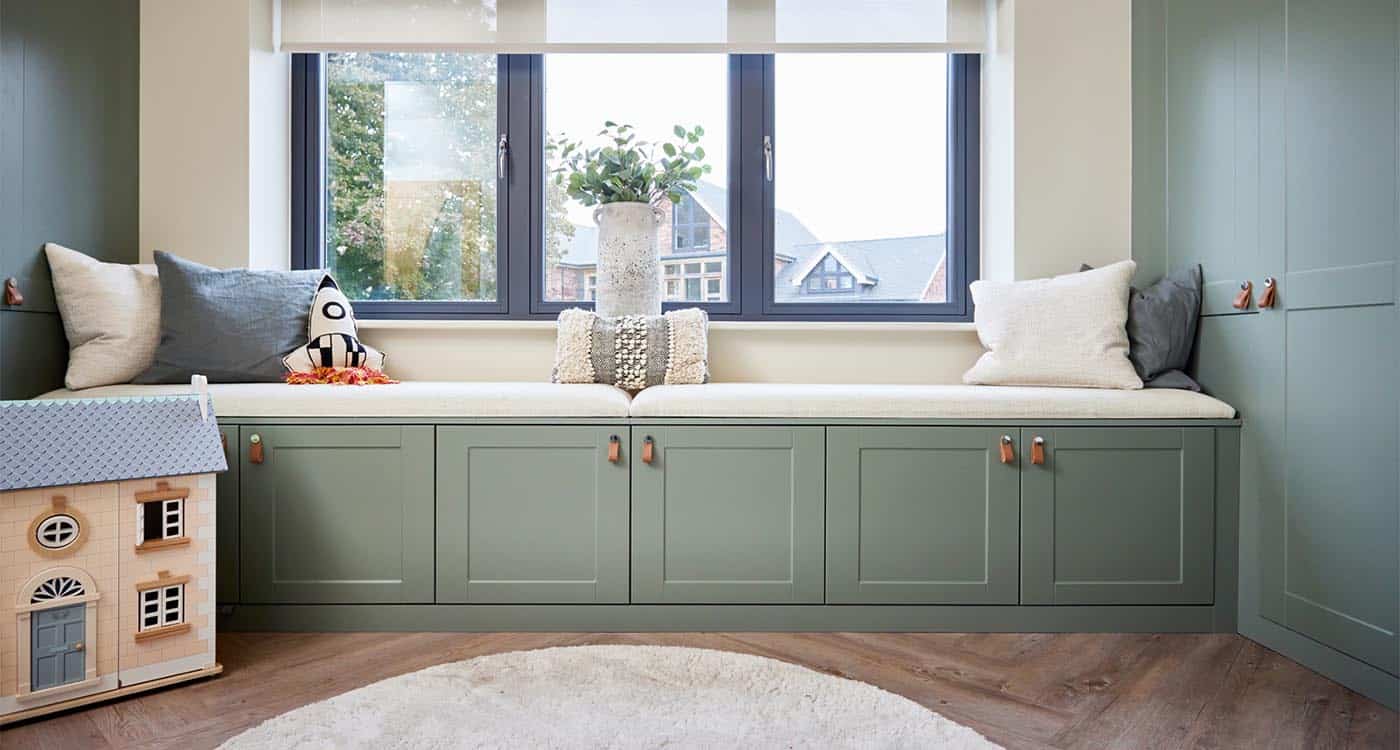
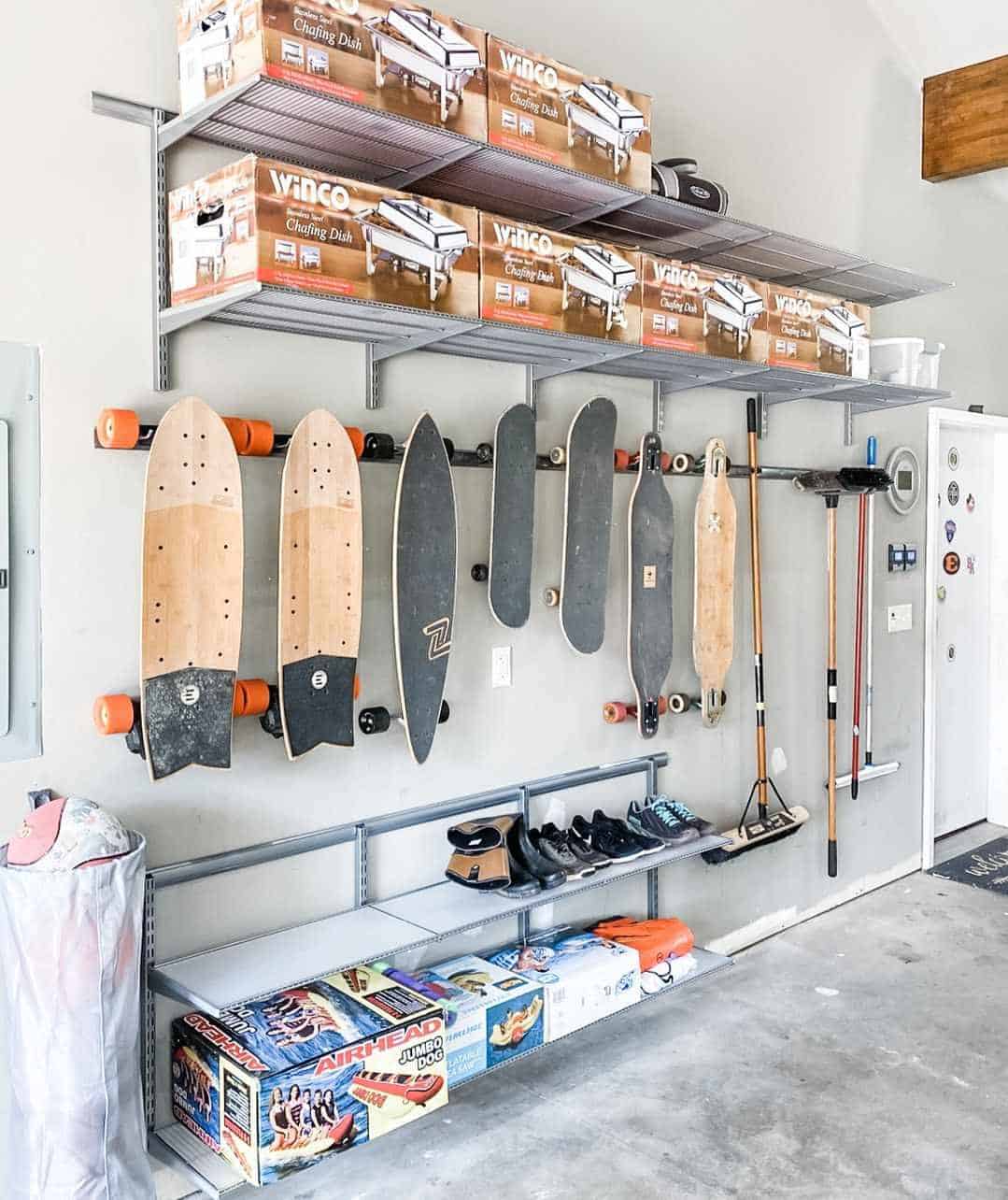
Idea 4
MAXIMISE USE OF VERTICAL SPACE
Utilizing walls and height efficiently is crucial, especially in small homes.
Wall-Mounted Desks & Floating Shelves: Instead of bulky furniture, opt for wall-mounted desks that can be folded up when not in use.
Loft Beds & Raised Platforms: A loft bed can free up space underneath for a home office, reading nook, or closet.
Hanging Organizers & Hooks: Wall-mounted organizers, pegboards, and ceiling-mounted storage racks keep essentials accessible but out of the way.
- Pro Tip: If possible, extend cabinets or shelves up to the ceiling for extra storage. Use decorative baskets to keep things tidy.
Idea 5
KEEP IN MIND WHAT ITEMS WILL STAY
Lighting plays a huge role in transforming a space for different purposes.
Layered Lighting: Combine ambient (general), task (focused), and accent (decorative) lighting to suit different activities.
Dimmable & Smart Lights: Install dimmable bulbs or smart LED lights to adjust brightness for working, relaxing, or entertaining.
Moveable Fixtures: Clip-on lamps, floor lamps, and pendant lights can be repositioned based on your needs.
- Pro Tip: Use warm lighting for relaxation areas and cool lighting for workspaces to enhance productivity.
